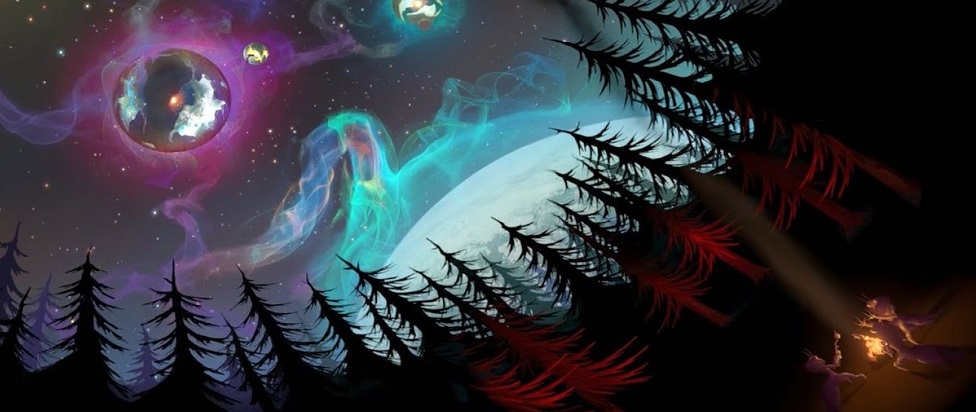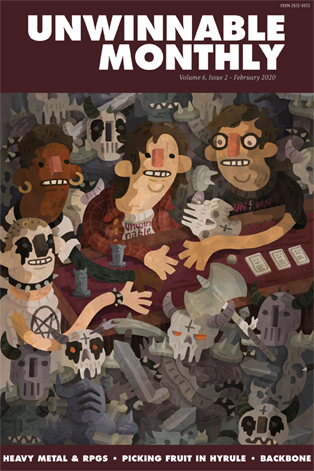
Lost in Space, Out of Time
 This column is a reprint from Unwinnable Monthly #124. If you like what you see, grab the magazine for less than ten dollars, or subscribe and get all future magazines for half price.
This column is a reprint from Unwinnable Monthly #124. If you like what you see, grab the magazine for less than ten dollars, or subscribe and get all future magazines for half price.
———
Adam examines the reasons why he and the pop culture consensus differ in opinion.
———
Exploration and discovery are key to Outer Wilds. The game gives players a spaceship and pushes them to explore an entire solar system in whatever manner they prefer, all the while teasing a grander narrative about the mysteries of space and the history of the universe.
But Outer Wilds doesn’t grant players total freedom. Instead, it features a handful of limits on what the player can do. The first is temporal: the game resets itself every 22 minutes unless the player dies before time runs out, so gameplay consists entirely of 22-minute loops strung together. The 22-minute countdown also connects with events that occur in the game world, so, for example, certain areas might only become available after a certain amount of time has lapsed in a given loop. Beyond that, the player also has limited reserves of oxygen and fuel for their spacesuit, and while these can be refilled, running out of one or both will become a familiar part of play for most.
I think the goal of including these mechanics is probably to encourage more purposeful exploration. Without some structure in place, the game risks aimlessness; rather than motivating players to explore, it might overwhelm or exhaust them. By putting some limitations on how much the player can accomplish in a given time period, the game hopes to make players feel as though they should be a little more decisive in choosing how they spend their time, where they go, and what questions or curiosities they investigate.
But maybe I just don’t have the patience or temperament for this kind of experience. Whenever I was in the middle of some discovery and found myself running out of time or resources, instead of feeling the drive to dig back in on my next loop, I just felt sort of deflated. As much as I was impressed by the game’s artwork and atmosphere, and although I enjoyed the uncovering of narrative in a nonlinear way, the focus on balancing all of those against time and fuel gradually chipped away at my interest in seeing everything the game had to offer.
After a while, the tension between exploration and limitation that I felt at the core of Outer Wilds started to remind me, strangely enough, of Mass Effect 3, an otherwise very different game. The similarities surface in the way that ME3 handled discovery through its galaxy map system, which is what players use to find and travel between planets, as well as read up on lore uncovered by scanning planets from above. Where previous games in the series had used the galaxy map to encourage exploration at whatever pace the player enjoyed – there were no threats that could be encountered while using the map – the third game introduced a mechanic in which enemies could potentially appear on the map in response to the player’s actions. Once those enemies arrived on screen, the player had a limited amount of time to escape. If the enemy caught the player, it resulted in an immediate game over.
Whatever the intent, the effect of this was a sense of constantly being pressed for time. The game felt at odds with itself, as though it was discouraging the player from enjoying too much of the world it featured. The mechanic worked to suppress the exploratory ambition that had made the previous games so much more interesting.
Outer Wilds’ restrictions aren’t quite as irritating as those in ME3 – I found myself not exactly frustrated by the 22-minute loops and resource conservation, but demotivated. Eventually I decided that the game probably just wasn’t for me. I watched part of a playthrough video and read up on stuff I missed out on by quitting early. It was nice to check things out at my own pace.
———
Adam Boffa is a writer and musician from New Jersey.




